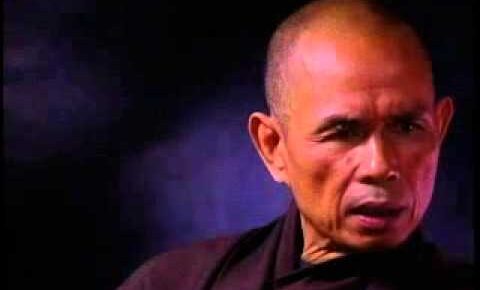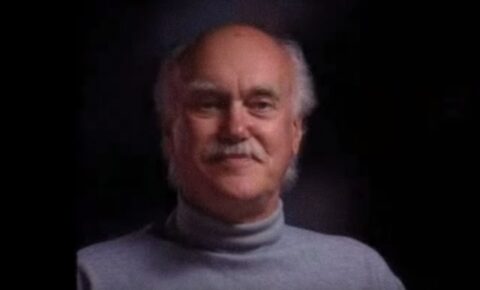This is what I heard: One time the Buddha was staying in a village of buffalo herders of the Kuru people. At that time the Buddha called the monks to him and said: “Monks I shall teach you the Dharma that is beautiful in the beginning, the middle and the end; the Dharma whose meaning and taste are good, pure and peaceful (greatly beneficial for the world), sublime and undefiled. That is the teaching on the Great Emptiness. Listen deeply and receive it fully.
What is the teaching on Great Emptiness? The teaching is – because that is, this is; because that arises, this arises. It means because there is ignorance, there are formations, because there are formations there is consciousness and so on until the whole mass of suffering arises. As far as the sentence: “Because there is birth, there are old age and death,” someone could ask: “Who is it that grows old and dies,” and then will reply: “It is I myself who grow old and who die and growing old and dying is myself.”
That the soul is the body and that the soul and the body are two separate things, seem to be two opposite contentions. In fact those who say that the soul is the body and those who say that the soul is not the body are basing their premises on the same delusion.
Those who practise the holy life will not hold that the life force and the body are the same. Nor will they agree that the life force and the body are two different things. Those who practise the holy life have to avoid these two extremes (of same and different) and practise the Middle Way. That is Right View, the truth and is not in contradiction with what the great beings have taught. It means that because there is birth there are old age and death. This is true of being, grasping, craving, feeling, contact, the six senses, the psychesoma, consciousness and ignorance.
Thanks to Right View the great beings are able to see the truth that because there is ignorance there are formations (in other words the five skandhas). Hearing this someone could ask: “Who is the five skandhas? To whom do the five skandhas belong?” and then will reply: “These five skandhas are myself. They belong to me.”
Based on the delusion that the five skandhas are myself or are mine, someone thinks that the body and the soul are the same or that the soul and the body are two different things. Those who practise the holy life do not think like that. Same or different are two extreme views, which have to be abandoned so that you can go straight on the Middle Way.
Monks, if you are able to abandon ignorance and desire, understanding arises, as to who is the one who grows old and dies, and to whom old age and death belong. In this way old age and death come to an end. At that point you know that the roots of birth and death have been uprooted, like a palm tree whose top has been cut off, and in the future the roots will not grow again. If the monk is able to abandon delusion and desire and give rise to understanding, then who is it who is born and whose birth is it? In the same way when you continue to look into (the five skandhas) and ask who is the five skandhas and to whom do the five skandhas belong, then grasping to the five skandhas will come to an end. You will know that the roots of the five skandhas of grasping have been uprooted, like a palm tree with its top cut off, and they will not arise again in the future. If you can abandon ignorance and desire so understanding arises, you will see that with the end of ignorance, formations cease and so on until the whole mass of suffering ceases. That is the teaching on the Great Emptiness.
The Buddha had finished the teaching. The monks were delighted to hear it and put it into practice.
Translated by Sister Chân Đức (Annabel Laity) from the Samyukta Āgama 297.





Join the conversation